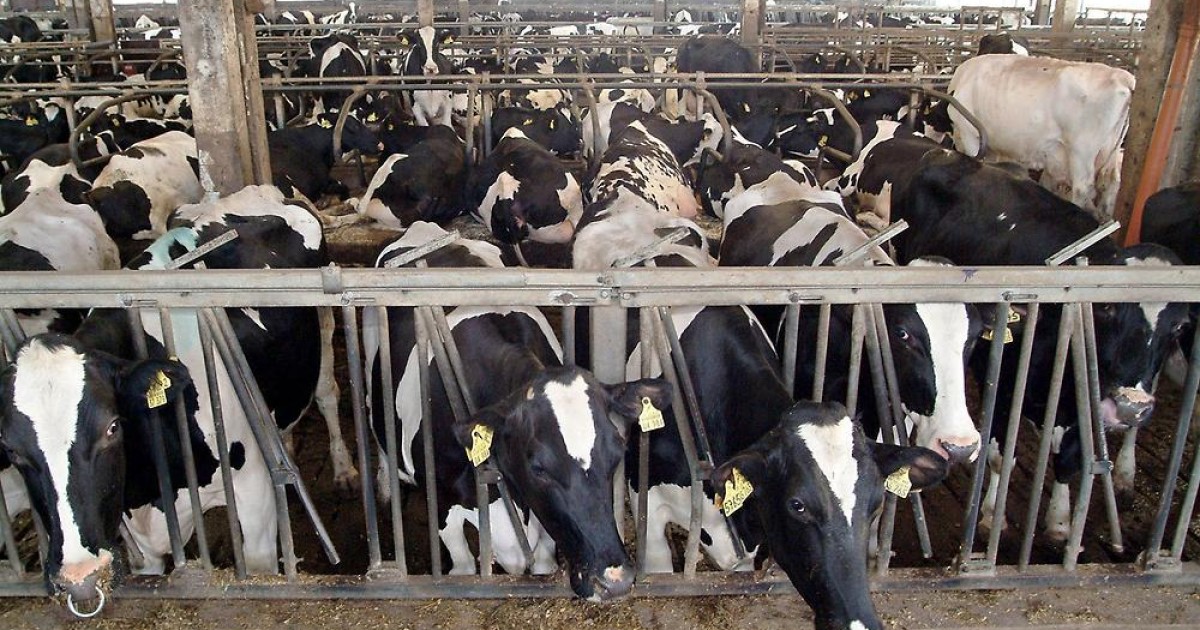The concept of intensive factory farming is essential to the economics of the farming industry yet most people that eat animals pretend it does not exist. Consumers of dead animals buy from the cheapest available source, and suppliers drive down their costs with factory farming. When all that matters is price, the cheapest way to ‘grow’ animals is to grow them in cages feeding them automated processes and allowing their feces to drop through the floor of the cage where is can be hosed away. There is no economic reason the animal needs to move in the few years between its birth and slaughter.
How this is implemented in practice is dependent on the specific animal. Pigs are raised in crates. There is no economic value in them even seeing the light of day until they are taken for slaughter. Females are artificially inseminated in the crate. Their young fall away as they are born. There is no economic reason for allowing the mother to interact with her children beyond the necessities of feeding, and this too can be managed without the mother moving as long as the infant can reach through the crate.
The raising of chickens has two varieties of abuse lined up for the birds depending on whether they are being raised to be eaten, or raised for their eggs. Where chickens are being raised to be eaten, they are kept in cages so they cannot move too much. They are feed a mixture of growth hormones and food to accelerate the process of getting to a saleable weight as fast as possible. They quickly become too heavy for their legs to support them. This results in their inability to move, which combine with the density with which they are packed into their cages results in disease, which in turn requires a significant dosage of anti-biotics to be supplied in their standard food mix. The process results in the people eating the dead chickens not only eating the bodies but also consuming a high degree of growth hormone and antibiotic. The effects on these on society are well documented. Where chickens are raised for their eggs, their first interaction with the factory farming systems comes within their first 24 hours of life. Males being unable to produce eggs have no value. The young chicks are transported along a conveyer belt. People pick them up and throw the females onto another conveyer belt. They throw the males into a machine like a coffee grinder which crushes them to death and passes their little bodies off into a by-product processes (the French government has recently ruled that this practice is to become illegal by the end of 2021 and that the industry must provide an alternative solution to the ‘problem’ of unwanted males by then). The females are the money produces in the industry. They are feed food and antibiotics through until they can produce eggs. They then continue live in a cage for the rest of their lives and continue to be feed until the accountants decide the cost of their food exceeds the value of the eggs they produce, at which point they are killed.
This type of farming condemns the animals to a life of misery after which death is probably a release.
Many vegans became vegan when they realized the horrors of factory farming.

